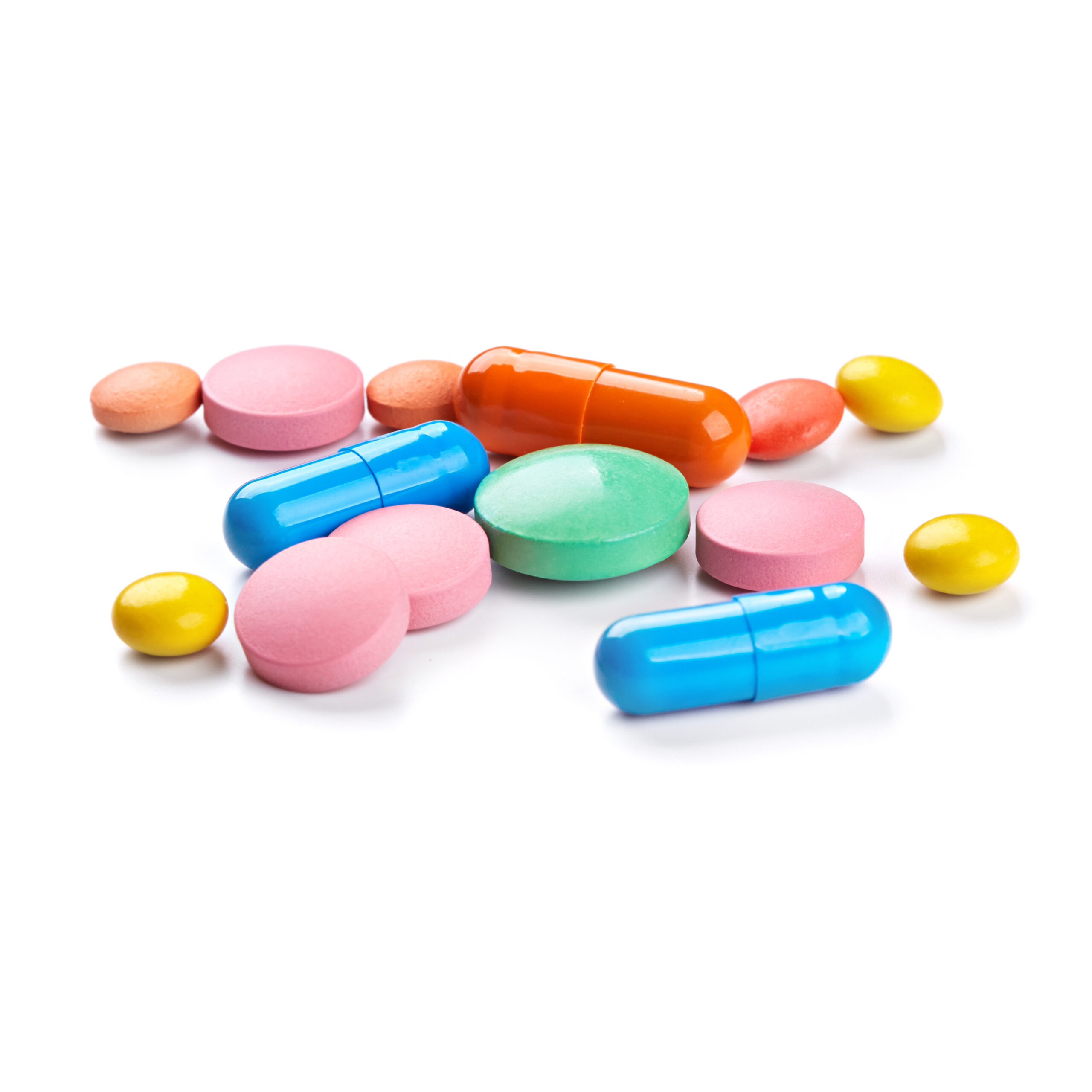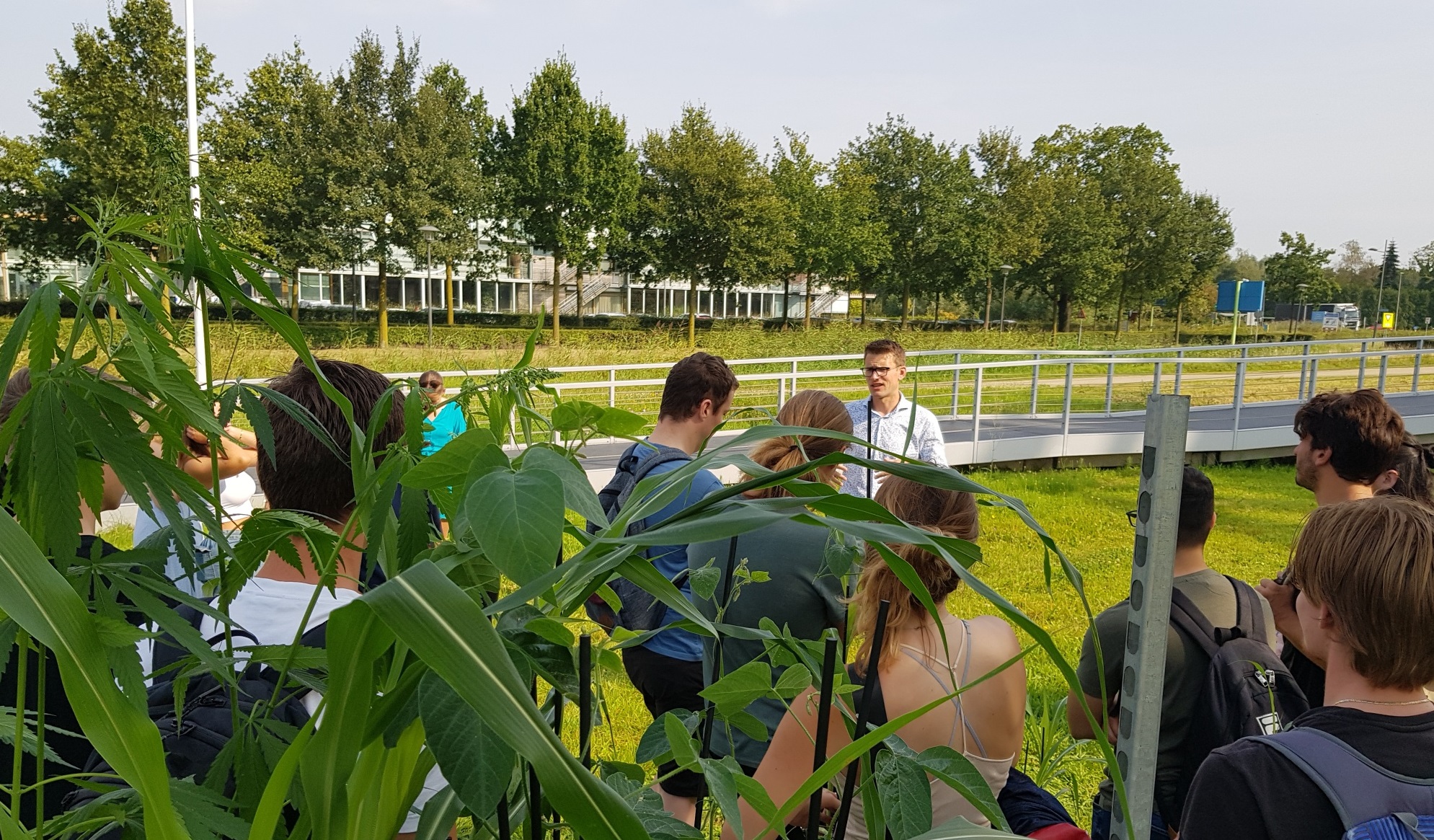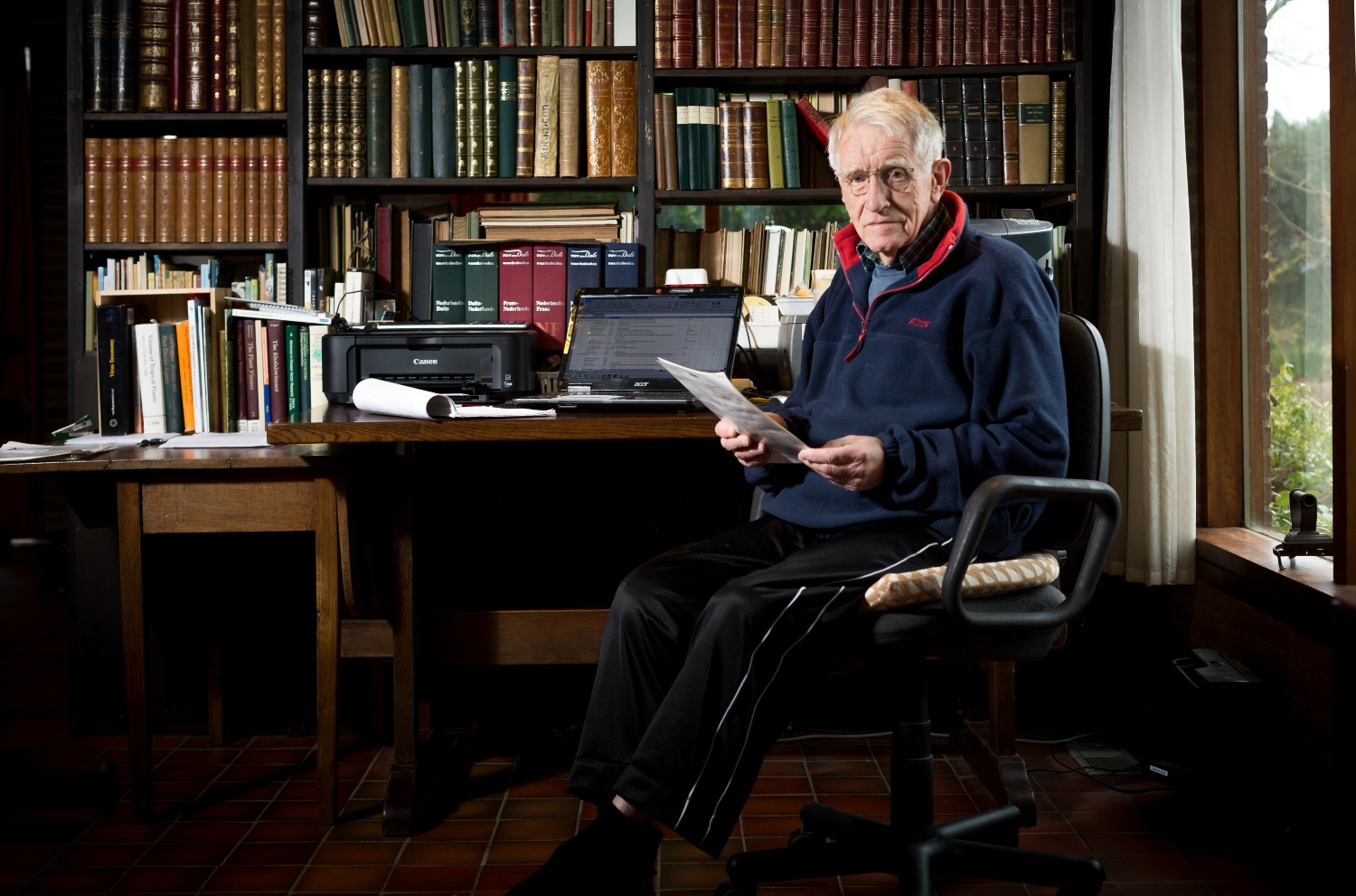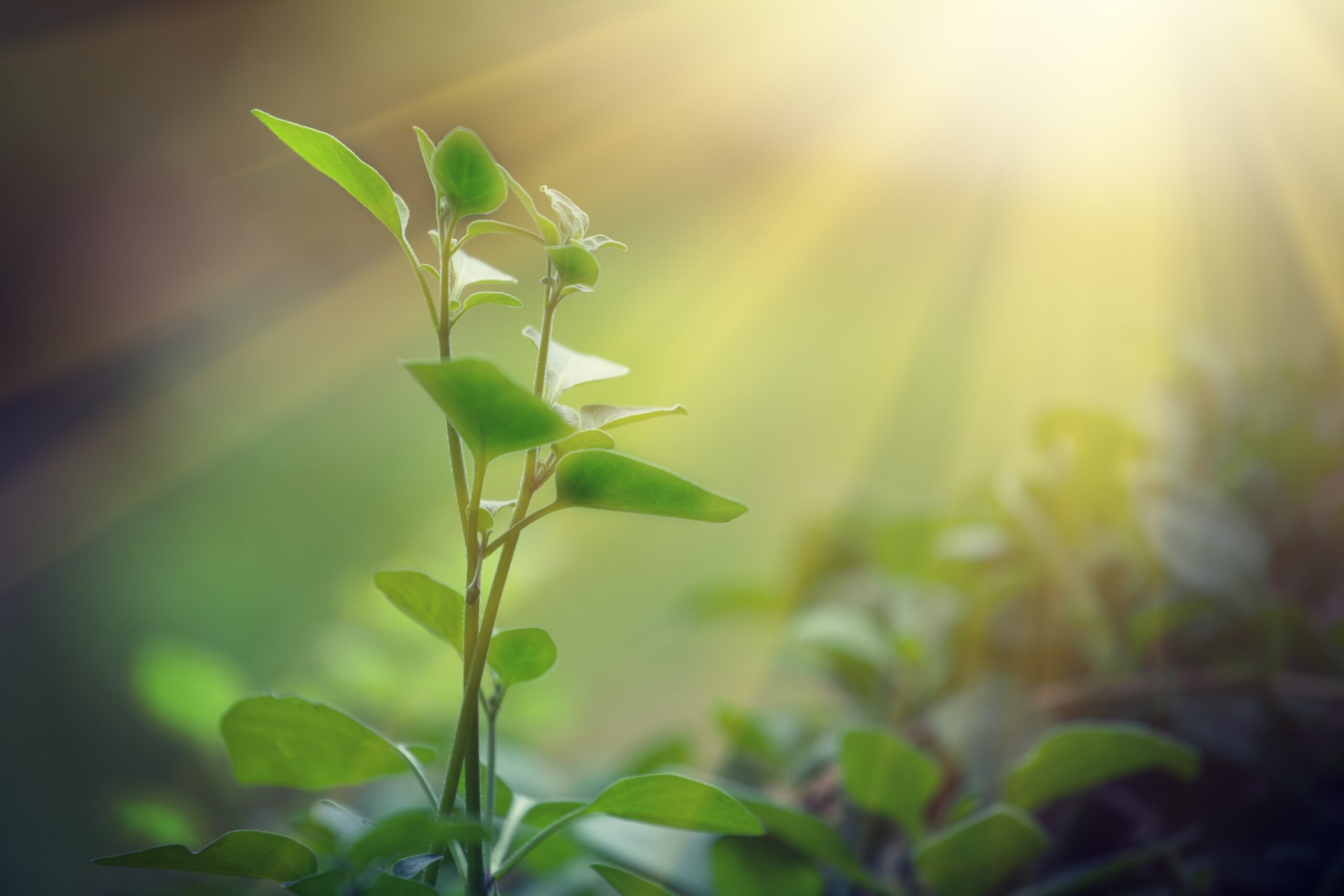Plants, bacteria and moulds produce natural molecules that can be used as medicines. One example is penicillin, which comes from a mould and serves as an antibiotic. Now that more and more pathogens are becoming resistant to antibiotics, we need new medical drugs. Satria Kautsar searched through 200,000 genomes of plants, moulds and bacteria and has indicated where we can find those new natural medicines.
He started by collecting all the gene clusters and plants that made interesting molecules, using software provided by the Bio-informatics chair group. Then he wrote an algorithm – a set of instructions for the computer – with which he could compare over a million gene clusters and evaluate and compare the unique molecules they contributed. ‘By doing so he created a world map of genes that could be involved in making medicinal substances,’ says his supervisor Marnix Medema of Bio-informatics.
Now that more and more pathogens are resistant to antibiotics, we need new medical drugs.
It has long been known that plants and bacteria produce useful molecules, but Kautsar particularly wanted to find molecules in plants that we do not yet know about. Originally he wanted to focus on plants from his home country, Indonesia, but he later expanded his study to include a database of global genome collections of plants and bacteria. In this database, he found 200,000 gene clusters that code for the manufacture of natural molecules. And that enabled him to document the diversity of gene clusters for manufacturing natural molecules almost in its entirety.
Popular database
The Bio-informatics group’s free database and software are very popular, says Medema, because a lot of research groups and pharmaceutical companies are looking for new medical drugs from plants. The server on which one of the computer programmes operates will soon have been searched one million times by researchers. In his thesis, Kautsar also gives an overview of open-source and commercial databases that are relevant to the search for natural molecules.
Kautsar has described the potential of medicinal molecules but has not yet identified any specific molecules for a medicine. That is the next step after his PhD graduation, which took place on 25 May. Kautsar now works at a research institute in Florida in the US that has one of the largest collections of bacteria in the world. There he is tasked with finding a new antibiotic. WUR will not be looking for new medicines, says Medema, but is going to do further fundamental research. For example, he wants to be able to predict the functions of natural molecules better and understand their role in nature more fully.

 Photo: Shutterstock
Photo: Shutterstock 

